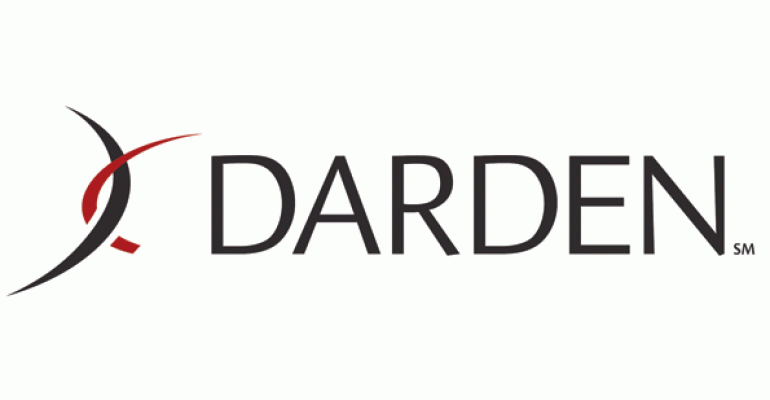 This post is part of the On the Margin blog.
This post is part of the On the Margin blog.
Labor costs are rising and sales are falling, and that’s hitting restaurant companies where it counts: The bottom line.
National Retail Concept Partners, a consulting firm out of Denver, analyzed publicly traded companies that reported earnings through May 5.
Of the 26 companies that reported, only three of them had flat or positive labor impacts: Darden Restaurants Inc., Yum Brands Inc., and Chipotle Mexican Grill Inc.
The latter chain enjoyed strong sales growth in the first quarter, coming off of a brutal 2016, and the resulting labor leverage generated 92 cents per share in earnings.
Beyond that, however, earnings took a hit. The biggest came at Panera Bread Co., the soon-to-be-private bakery/café chain where rising labor costs hurt earnings by 25 cents per share, according to NRCP.
Panera’s higher labor costs came even though the chain should have enjoyed strong sales leverage in the quarter. Same-store sales at the chain’s company operated restaurants increased 5.3 percent in the first three months of the year, and 11 percent on a two-year basis.
That didn’t stop JAB Holding Co. from offering $315 per share for the company.
Among casual-dining chains, meanwhile, Buffalo Wild Wings Inc. had the biggest negative impact from higher labor costs, 17 cents per share, despite a 0.5 percent increase in same-store sales.
In some cases, labor costs were offset at least in part by lower commodity costs. But commodity costs have quit falling in 2017, and there are no indications the increase in labor costs will ease anytime soon.
Minimum wages are increasing in many parts of the country. But intense competition for labor has had a bigger impact, forcing many restaurant operators to raise the pay they’re willing to give to attract good employees. The unemployment rate is 4.4 percent, effectively full employment, and restaurants have been hiring at a higher-than-average rate now for years.
In Minnesota, for instance, the minimum wage is $9.50. But it’s not uncommon to find advertisements for restaurant employees offering $13 an hour for some shifts. The same issue is playing out all over the country.
With restaurants showing no signs of slowing their expansion, labor costs will continue to be a problem. And if restaurants can’t find ways to translate an improving economy into more sales and traffic, profits will keep taking a hit.
Jonathan Maze, Nation’s Restaurant News senior financial editor, does not directly own stock or interest in a restaurant company.
Contact Jonathan Maze at [email protected]
Follow him on Twitter at @jonathanmaze
This post has been changed from its previous version to reflect the following correction:
Correction, May 17, 2017: A previous version of this post incorrectly stated Minnesota's minimum wage.

